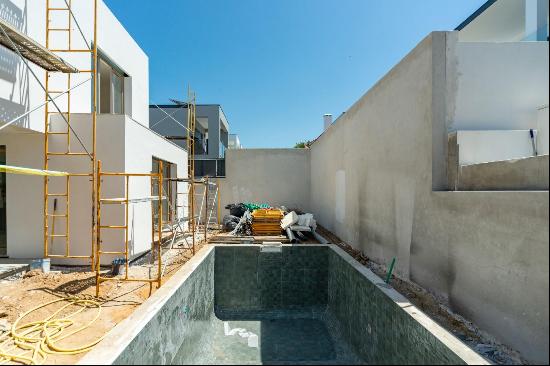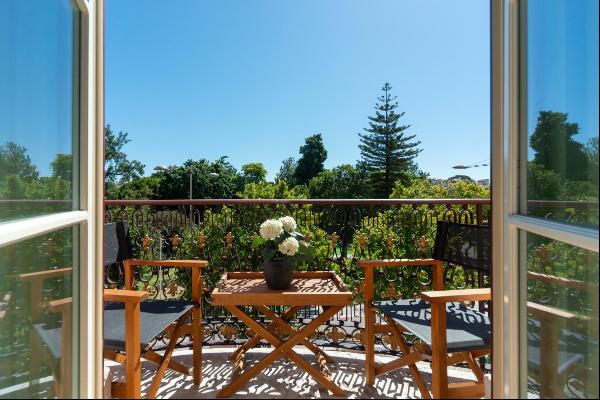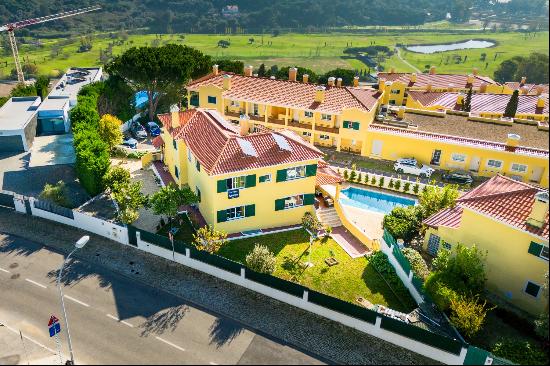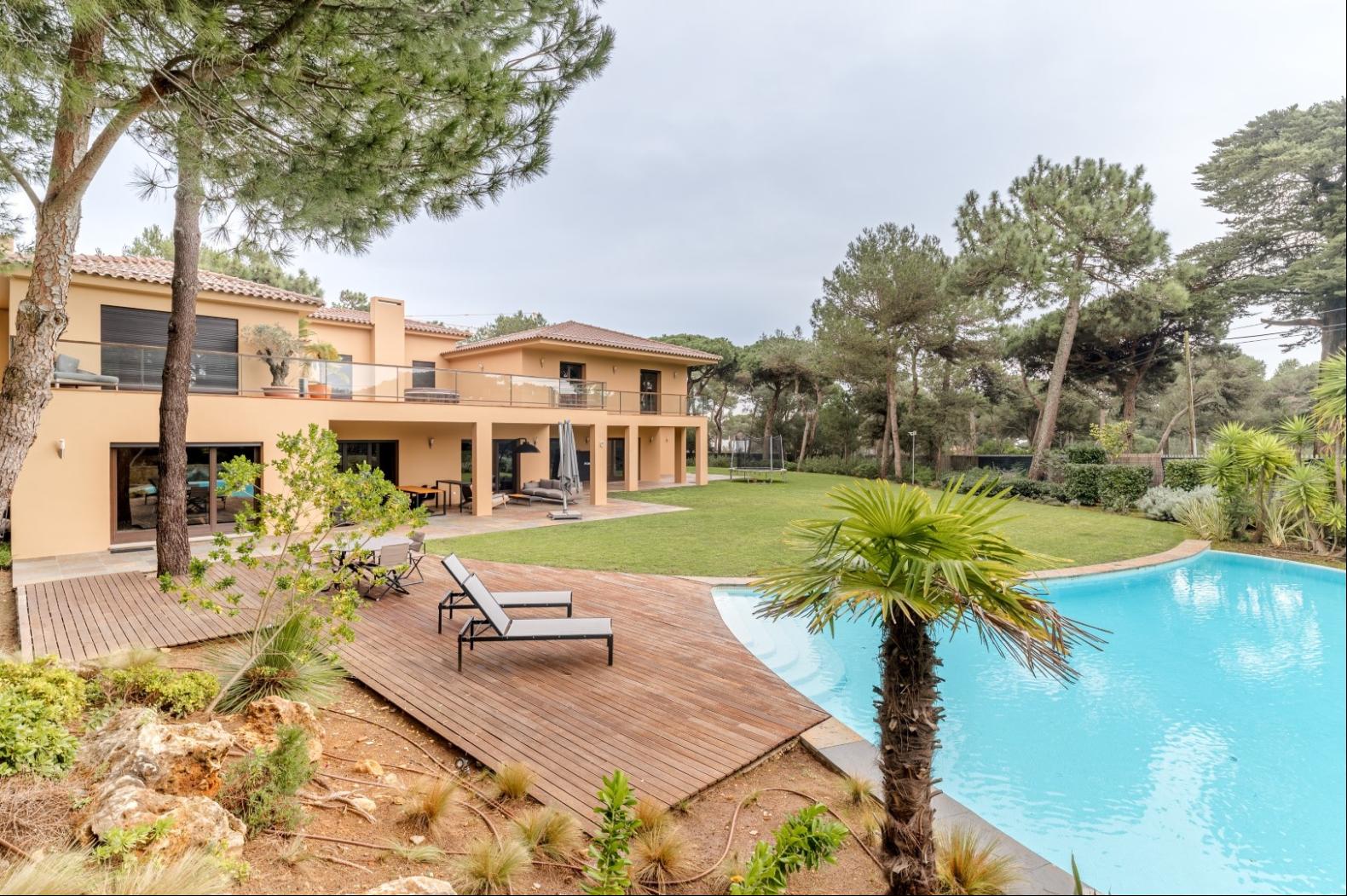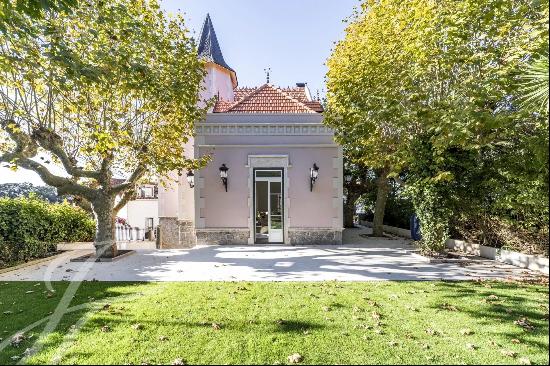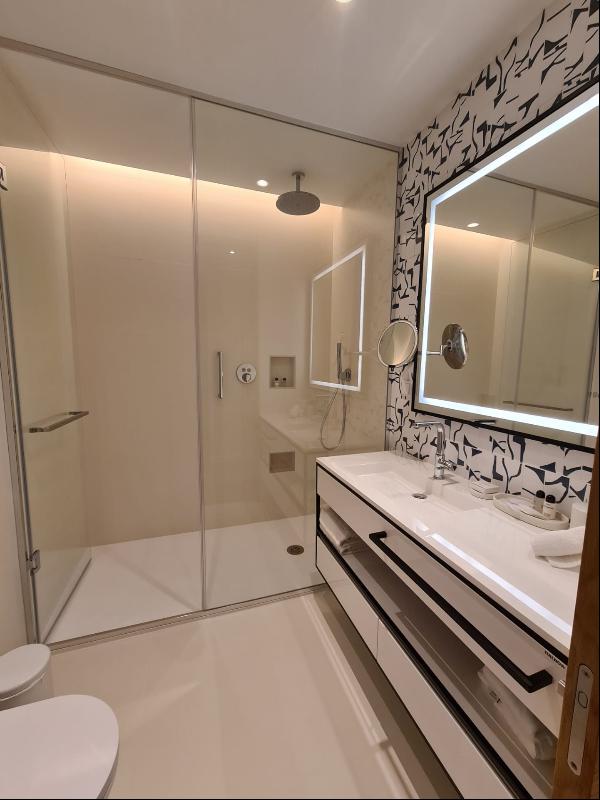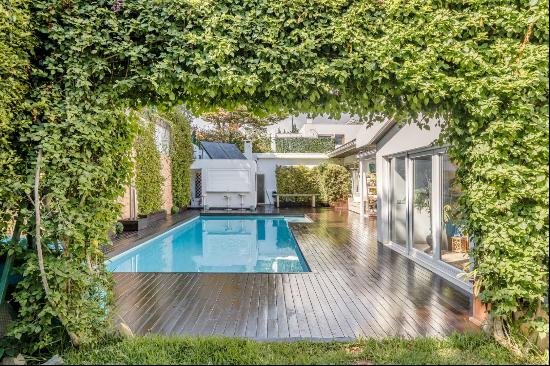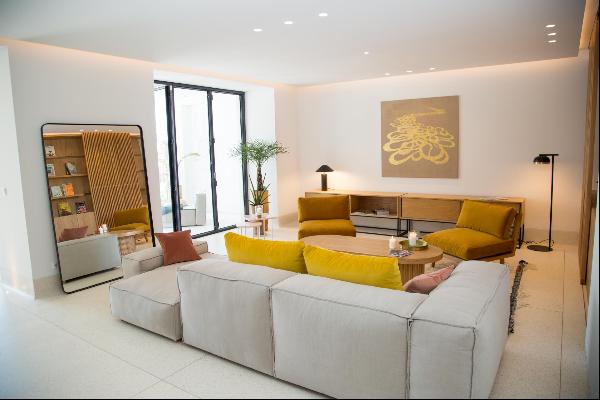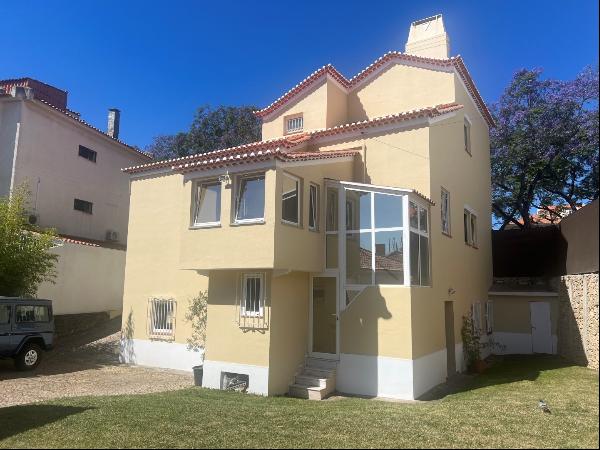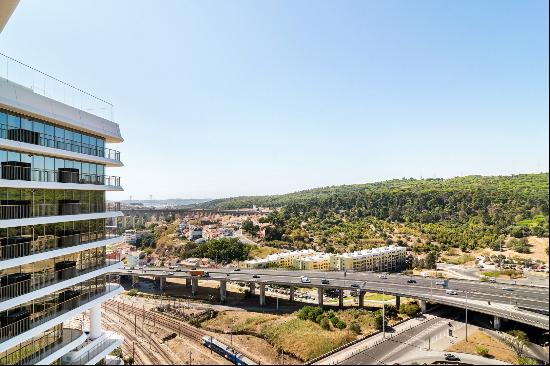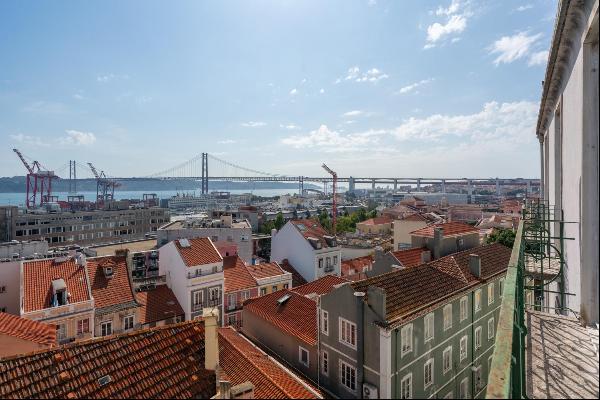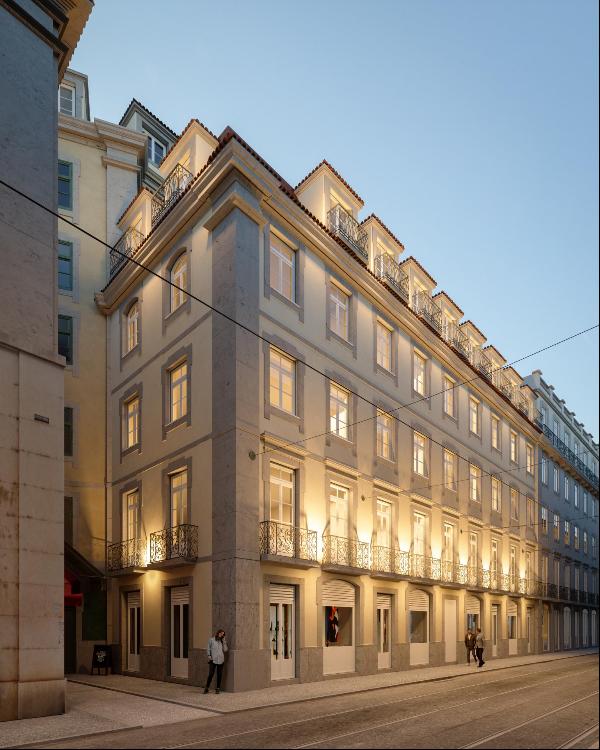


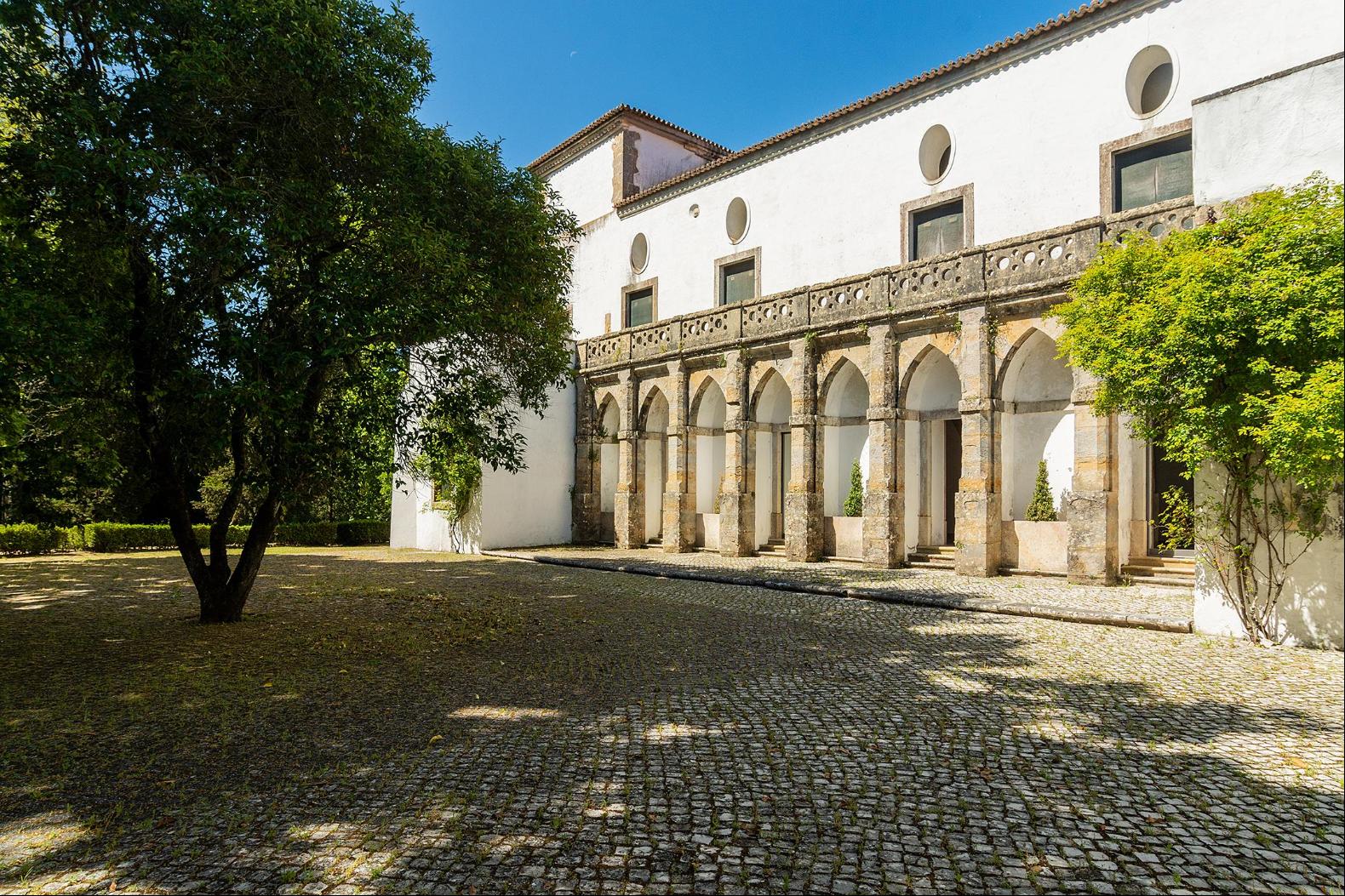
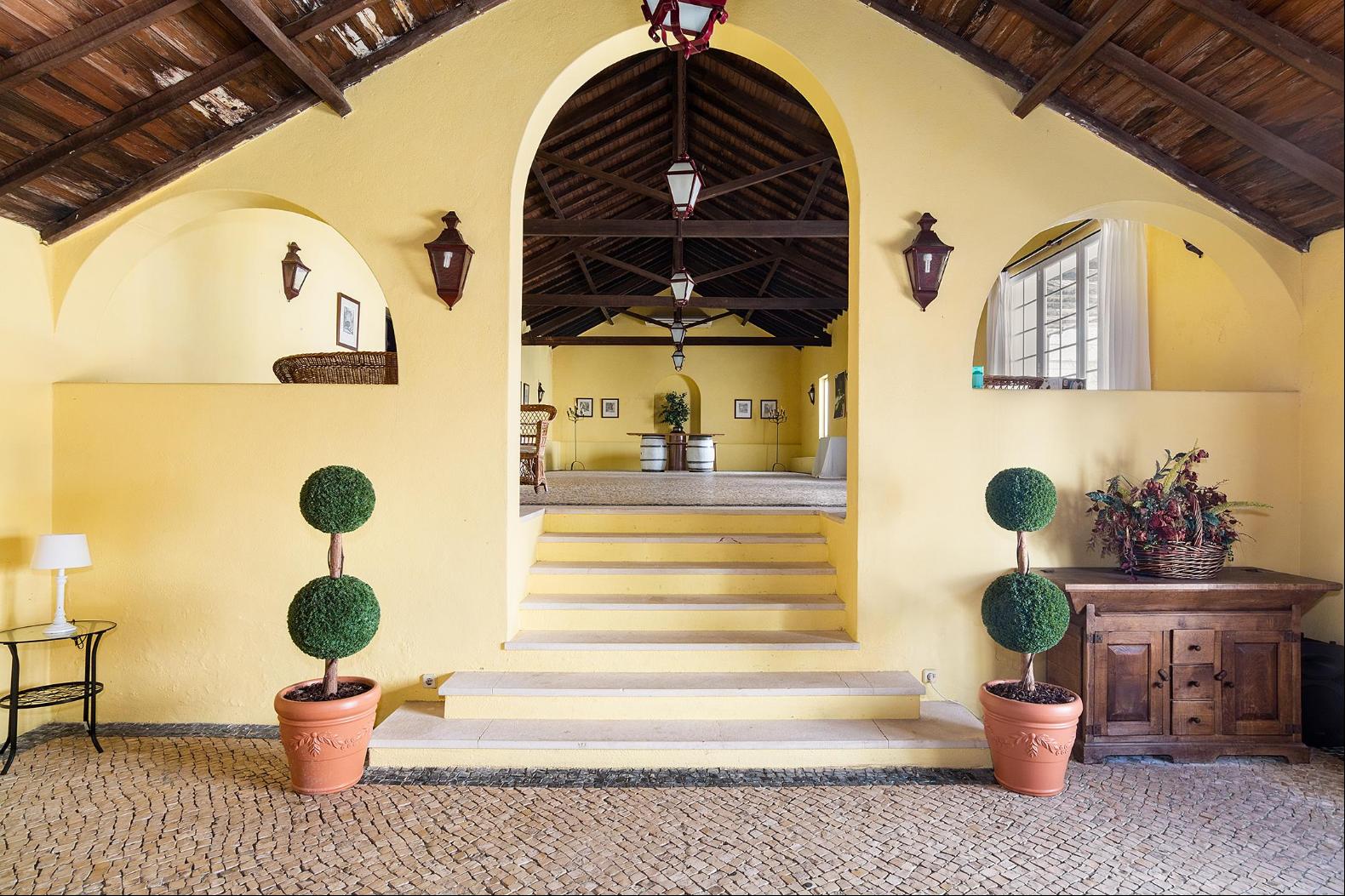


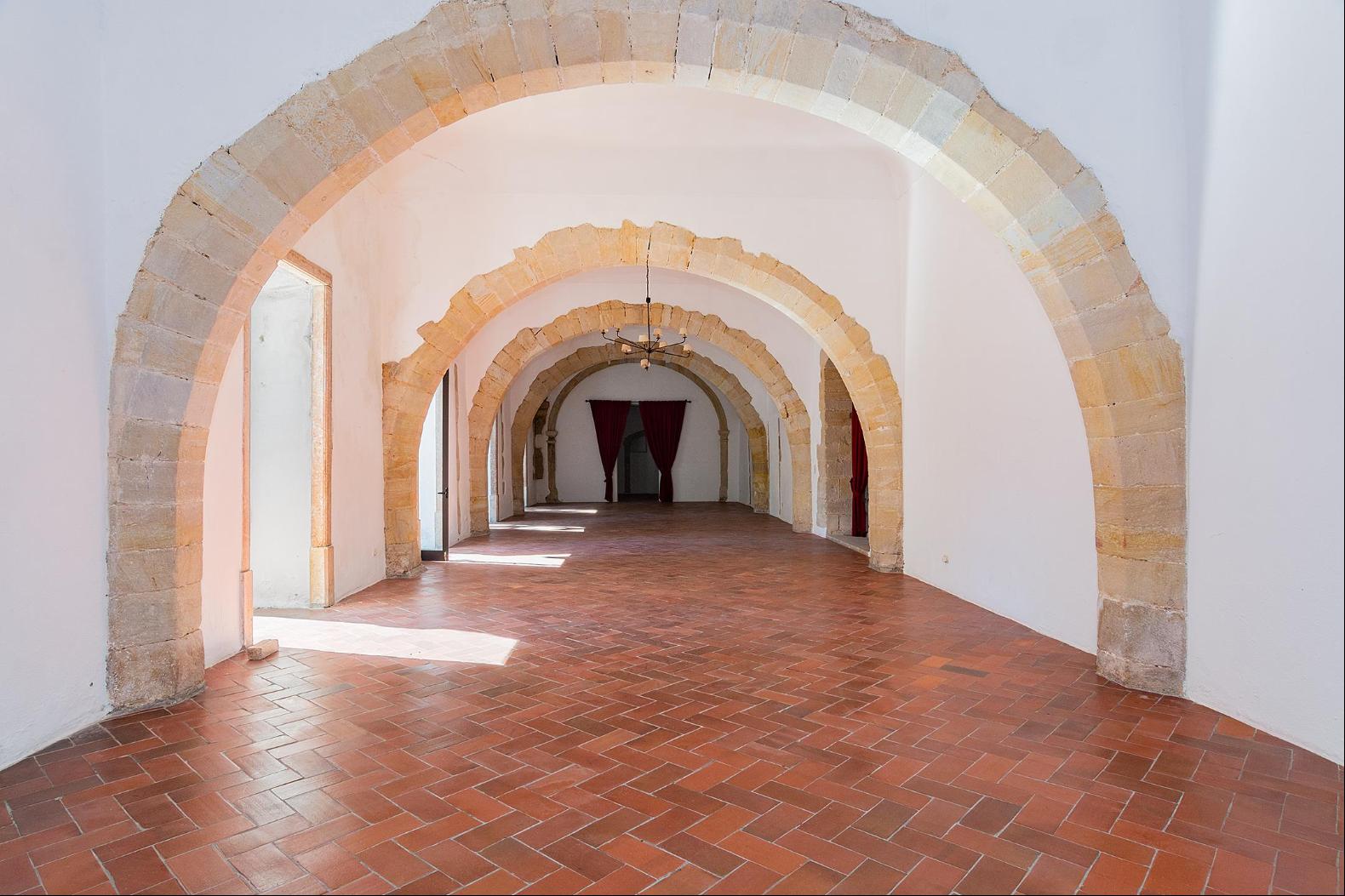
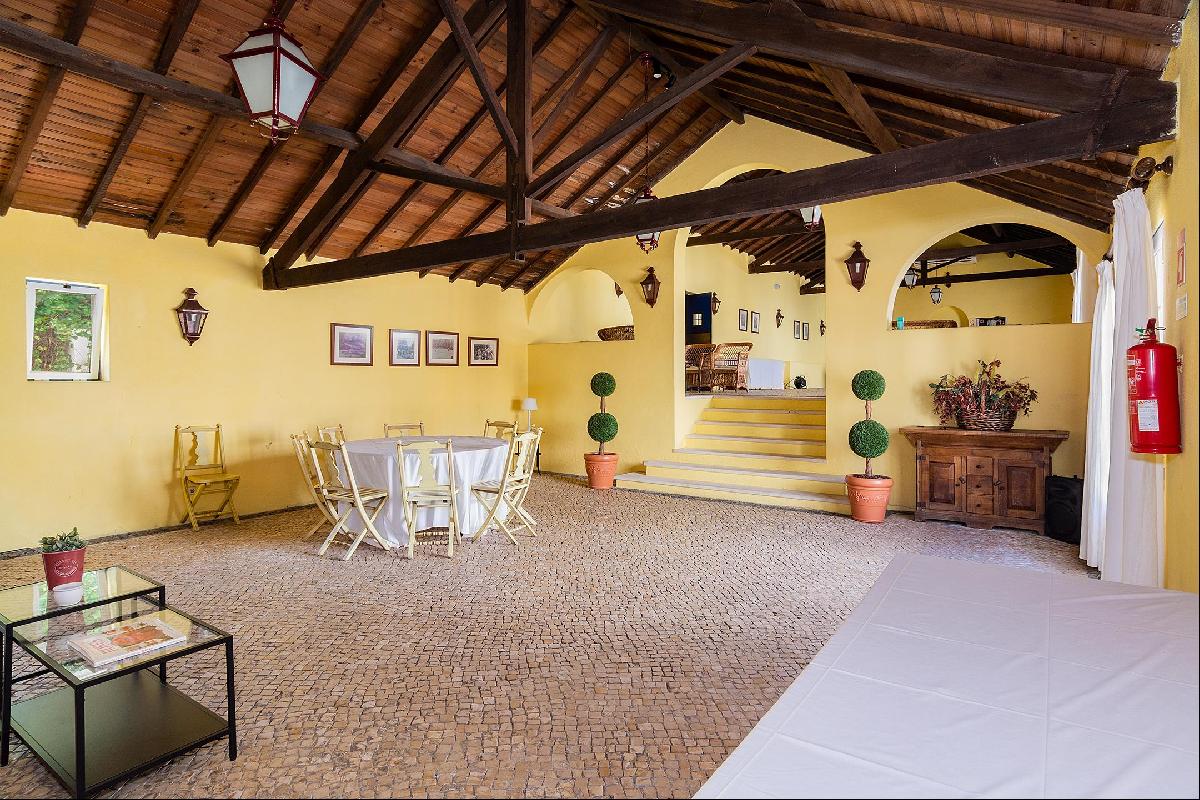
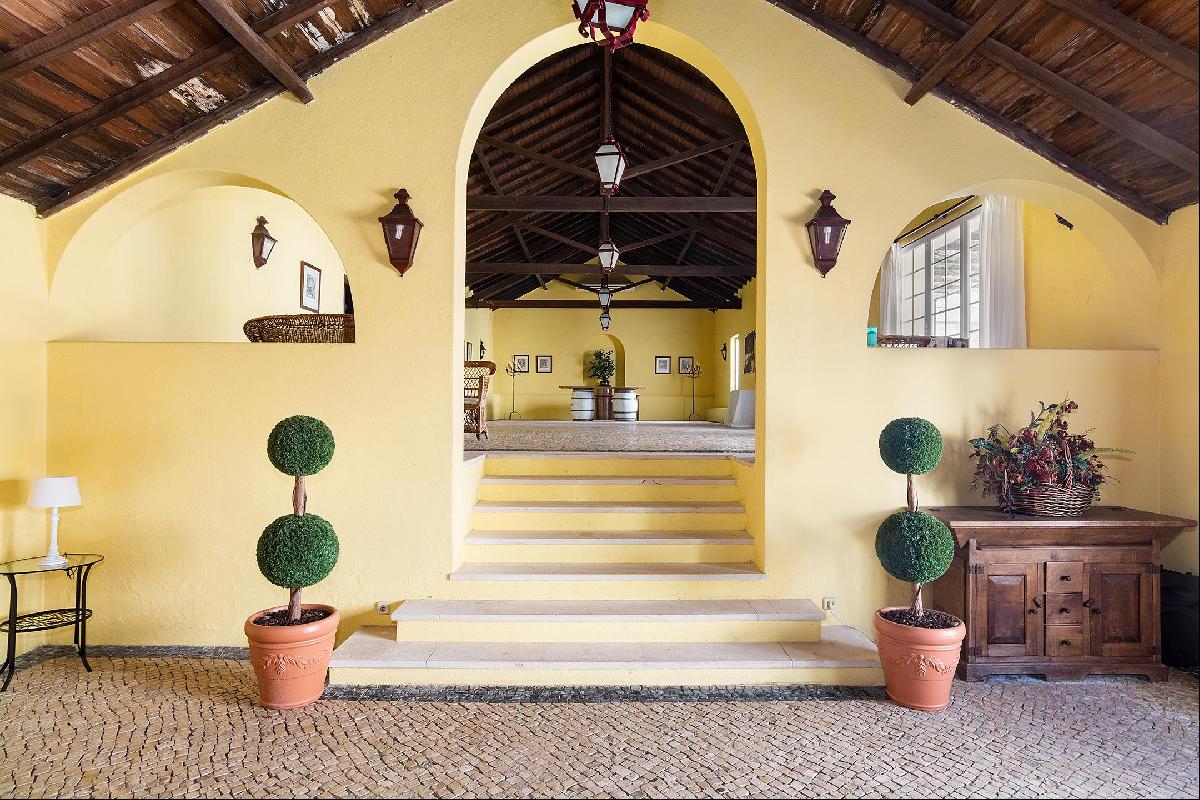
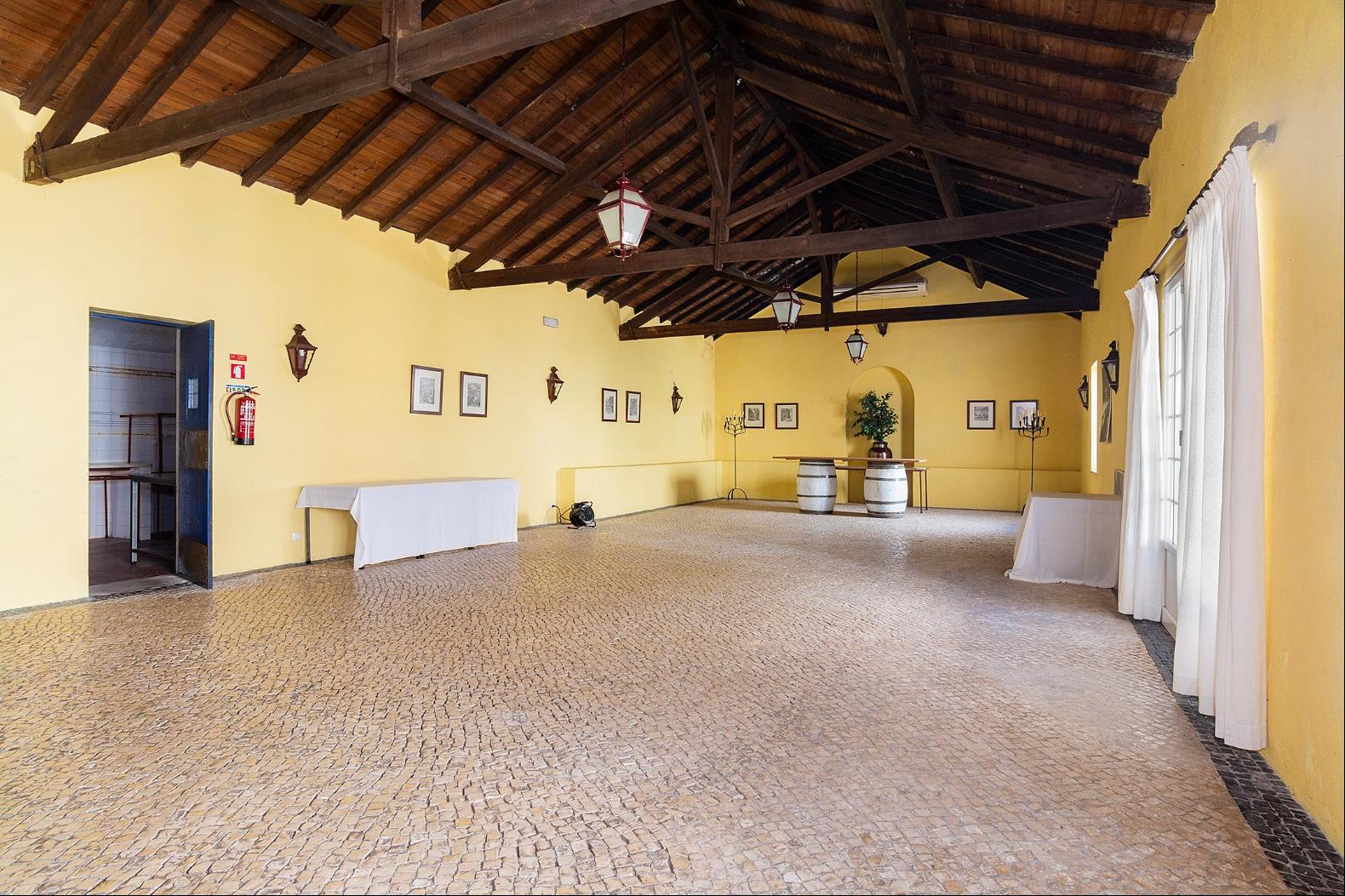


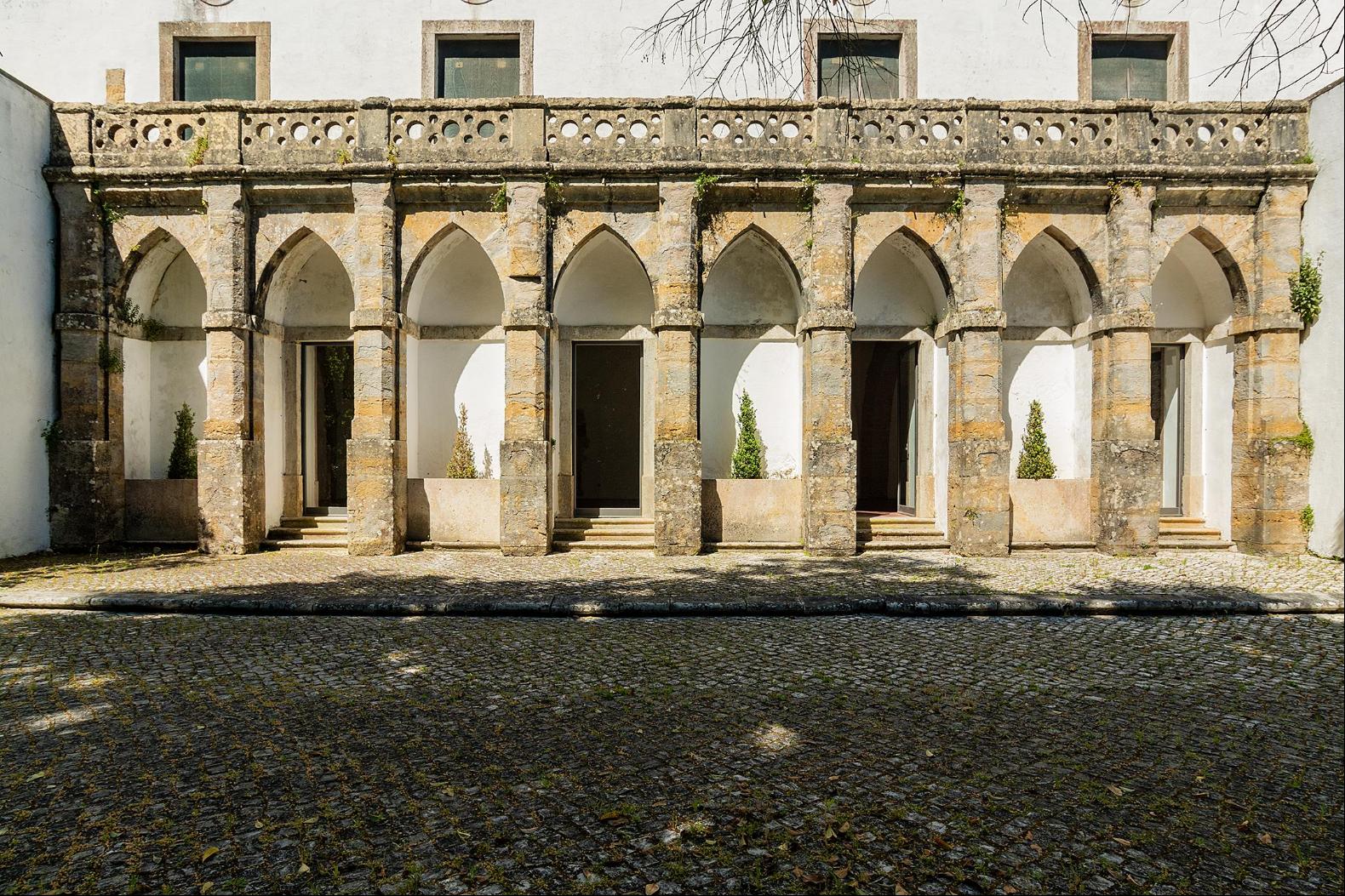
- For Sale
- Guide price 14,000,000 EUR
- Property Type: House
The Quinta do Senhor da Serra in Belas, Sintra, is a 20-hectare estate that has been listed as a Public Interest Heritage Site since 1943.
This amazing estate, Quinta do Senhor da Serra, is located on the outskirts of Lisbon , perfct for tourism and residential projects. It is within easy access of golf courses and sports facilities nearby. The estate offers approximately 5,900 sq m of internal space and alongside the palace, included in the sale, there is a 1,200 sq m building on three levels that was until recently a health centre.The remaining buildings in the property are unquestionably of great tourism potential. There are four tennis courts, three horse riding arenas - one of which is covered and another that meets the requirements for dressage events - and a number of event rooms. All of this within the dense vegetation of an ancient forest, exotic flowers and a very well-tended French garden.The Paço Real de Belas, which dates back to the 14th century, was forfeited by Diogo Lopes Pacheco for his part in the death of Inês de Castro and used by King Pedro I as his main residence. Returned to Lopes Pacheco by King Fernando, it was again declared forfeit by King João I, who accused Pacheco of high treason in his relationship with Castile. It was rebuilt by King Manuel I and his mother, Queen Beatriz, who lived there.Some vestiges of the medieval building, such as the Manueline vaults and the Renaissance windows, remain to this day.Near the palace is an obelisk created by José Joaquim Barros Laborão on the occasion of the visit of King João VI and Queen Carlota Joaquina in 1795.EPC: Pending
The land on which the town of Belas is located exhibits characteristics that have undoubtedly shaped its settlement, organisation and development. Located between mountains - some small, while others, like the Cerregueira range, are more rugged and interspersed with valleys fed by flowing streams - Belas dates to Portugal's beginnings.In Belas you will find monuments from different ages: the remains of the Roman dam that fed the aqueduct to the city of Olisipo - present-day Lisbon; the Quinta do Molha Pão, the Quinta do Bomjardim, the Manueline portico in Belas parish church, and the many megaliths.Belas is also renowned for its sweets, the famous Belas Fofos, a traditional sponge cake with a cream filling.
This amazing estate, Quinta do Senhor da Serra, is located on the outskirts of Lisbon , perfct for tourism and residential projects. It is within easy access of golf courses and sports facilities nearby. The estate offers approximately 5,900 sq m of internal space and alongside the palace, included in the sale, there is a 1,200 sq m building on three levels that was until recently a health centre.The remaining buildings in the property are unquestionably of great tourism potential. There are four tennis courts, three horse riding arenas - one of which is covered and another that meets the requirements for dressage events - and a number of event rooms. All of this within the dense vegetation of an ancient forest, exotic flowers and a very well-tended French garden.The Paço Real de Belas, which dates back to the 14th century, was forfeited by Diogo Lopes Pacheco for his part in the death of Inês de Castro and used by King Pedro I as his main residence. Returned to Lopes Pacheco by King Fernando, it was again declared forfeit by King João I, who accused Pacheco of high treason in his relationship with Castile. It was rebuilt by King Manuel I and his mother, Queen Beatriz, who lived there.Some vestiges of the medieval building, such as the Manueline vaults and the Renaissance windows, remain to this day.Near the palace is an obelisk created by José Joaquim Barros Laborão on the occasion of the visit of King João VI and Queen Carlota Joaquina in 1795.EPC: Pending
The land on which the town of Belas is located exhibits characteristics that have undoubtedly shaped its settlement, organisation and development. Located between mountains - some small, while others, like the Cerregueira range, are more rugged and interspersed with valleys fed by flowing streams - Belas dates to Portugal's beginnings.In Belas you will find monuments from different ages: the remains of the Roman dam that fed the aqueduct to the city of Olisipo - present-day Lisbon; the Quinta do Molha Pão, the Quinta do Bomjardim, the Manueline portico in Belas parish church, and the many megaliths.Belas is also renowned for its sweets, the famous Belas Fofos, a traditional sponge cake with a cream filling.



